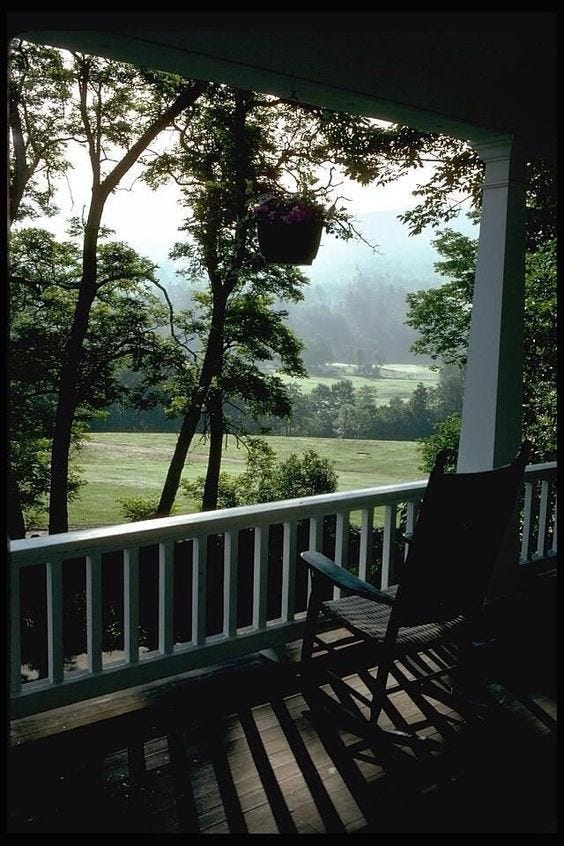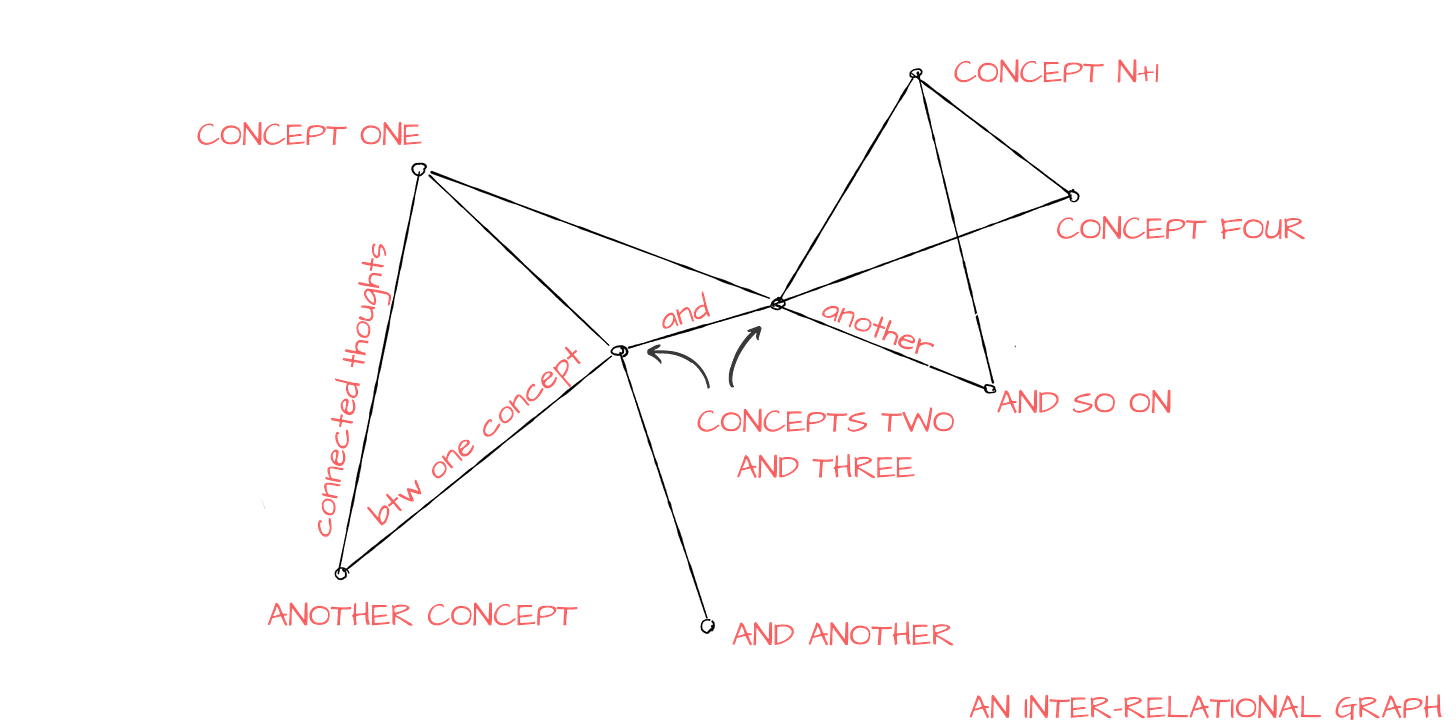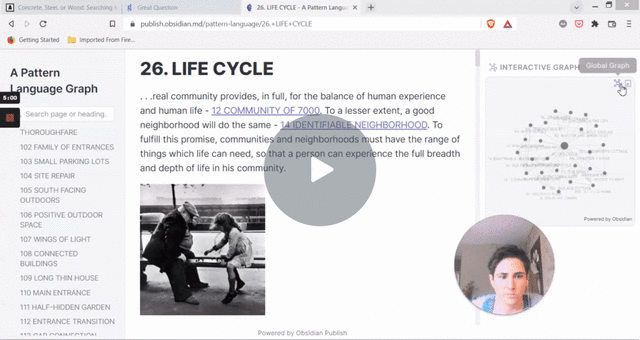Porches and nostalgia
Christopher Alexander died last week. I knew before the press did. I therefore consider all of this a sign.
On Monday I started working myself around some writing. My chosen topic was loose, but there was a direction: porches. So here it went. “The porch is an intermediary space. Intermediary spaces in architecture are a thing of magic. The space where different things meet. The boundary. They are places of possibility and ephemeral.”
And then:
“In permaculture, the space between to zones is considered to be the most bio-diverse and rich. The reason being that it usually gets a bit of both worlds, plus some new elements that adapt to this specific edge environment. “
Ok, you can skip the theory bit below. I just had to add it.
An edge is the boundary or interface between two biological communities (e.g. forest and grassland) or between different landscape elements (e.g. land and water).
An ecotone is the transition zone along the edges of two adjacent ecological communities, where one ecological community meets the other (e.g. the area between forest and grassland). The transition from one ecosystem to the other can be a very gradual or a very sharp one. (Source)
Now that we knew there was a difference between edges and transition areas, we could trod along towards porches. And Christopher Alexander.
“The staircase is a transitional space between the downstairs and the upstairs. The hallway is an transitional space between the outside and the rooms. The porch is a transitional space between the house and nature. Actually both the hallway and the porch are the same thing but one is more on the outside of the house and the other is more on the inside of the house. I’ll let you guess which.
An impressive amount of traditional cultures use porches and others in their vernacular design. They are the place one uses for stocking firewood, for drying onions, for receiving chatty neighbors, for looking at sunsets and the goings of the street.”
But it needed more, this piece on porches, right? So I went to find help in a classic, an old friend, A Pattern Language.
You can't really call yourself a hippie until you've read "A Pattern Language". Christopher Alexander is that type of guy who is radical in thinking and poetic in approach. He's the Alan Watts of architecture (well, not as cool as Alan Watts, but who is?).
He and five co-authors wrote it in 1977 and it’s still today one of the best-selling books on architecture. Its aim is to empower anyone to design and build at any scale by creating a language of the living space derived from timeless entities they called patterns.
Annoying to his critics is the fact that the man is obviously gifted and has the academic badges to prove it. With Zen-sounding pronouncements and a clear fixation on thick walls, he has guided the Whole Earth Catalog generation with the dignity of a guru. He even inspired programmers' seminal book "Design Patterns", by Ralph Johnson, and "The Sims" video game, created by Will Wright (here a Stanford peice called “The Philosophy of The Sims“ if you feel so inclined).
“These tools [A pattern language] allow anyone, and any group of people, to create beautiful, functional, meaningful places. You can create a living world”
says his - very ugly - website.
The intertwining of these patterns is what makes good living spaces.
And it is one of these pattern I was looking for, namely, Entrance Transition (Pattern number 112 out of much more), when it struck me that I could map out all of these patterns in Obsidian (my new pet note management app) and create a visual graph of these intertwining concepts. The book itself is enormous and very hard to browse through, with codes and categories and groups. The website is much better, but linking them one to the other like this meant we could visualize and explore the book in a new cool way!
I got started on the work (a lot of copy-pasting with a good soundtrack) and was already imagining the great email I would get back from my mini-mentor about the great work I had done. (4 October 1936 – 17 March 2022). The what?!
The next day it was in the Architectural Digest. Call me kooky, but I considered this a sign of me having to make this graph into a real thing.
So I've finished the graph. It's done. Only I'm not sure I can make it public due to copyright. And him getting angry at me from above for some reason. And his late wife suing me. She has enough on her mind these days. So, until I figure this out, email me if you want to take a - private - look.
In the meantime, here’s a preview:
A Pattern Language Graph - Obsidian Publish - 25 March 2022 - Watch Video
“A Pattern Language” is ultimately not an architecture book. It's the new age bible for the way our design choices shape us and our relationships. What it lacks is an environmental approach and good economical efficiency practices adapted to 2020.
In a life different from this one, where the academic world didn't send me running, I am having fun mapping away at patterns, bringing them one by one back into the 21st century, adding neuroscience, biophilia and embodiment theories to Christopher Alexander's 1977 poetics of the architectural space.
To Your Dear Sir,
Jo
And a porch for rainy days:

A Substack colleague also wrote about Christopher Alexander’s teachings here:
More of Jo’s Epistolary:










Let's talk (like interview cross-Substacks) about Christopher Alexander SOON. Look at this Friday's In the Sandbox for more info. I need to know about about this guy (Stargazaing at work). Cheers, Mike